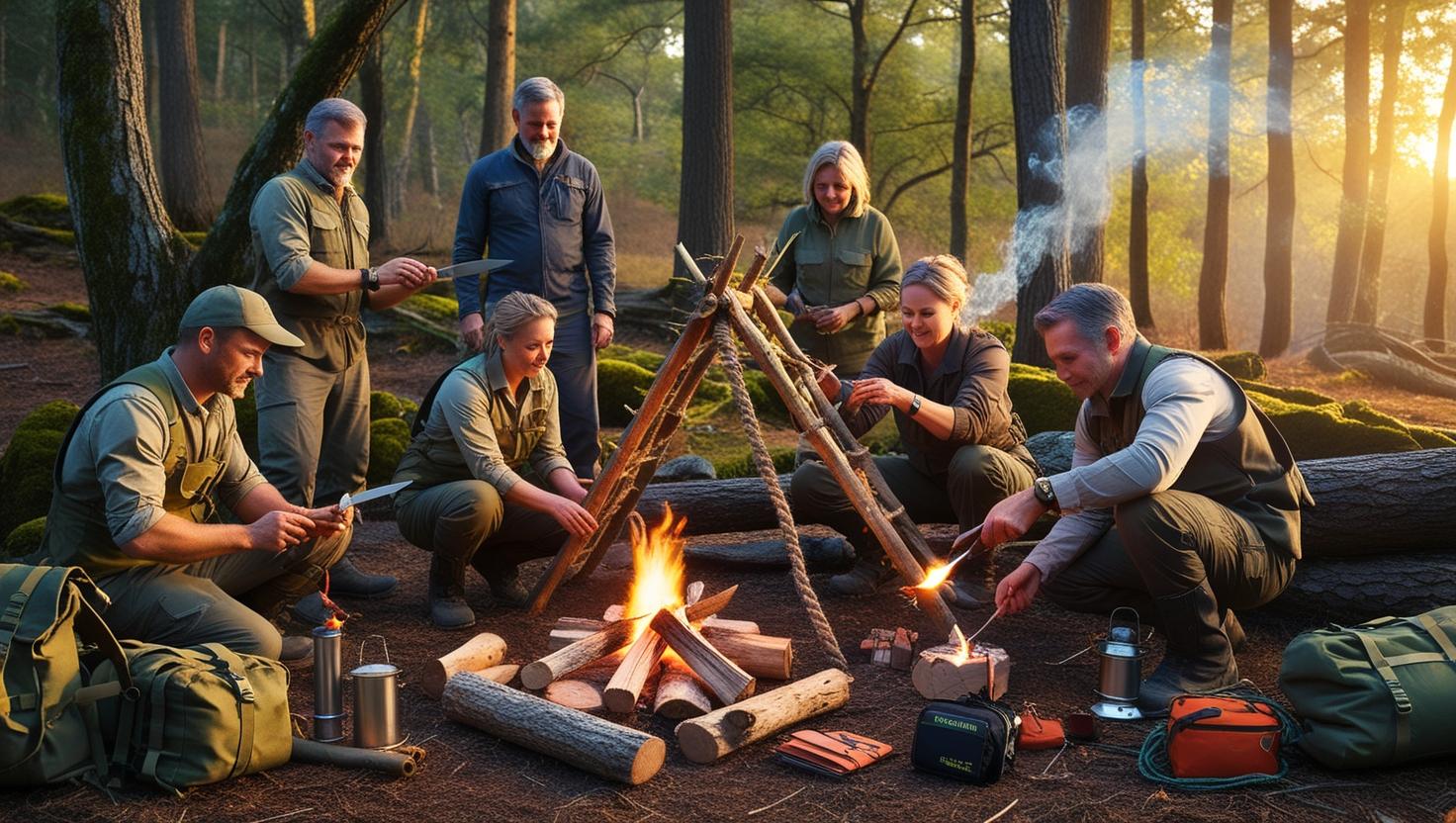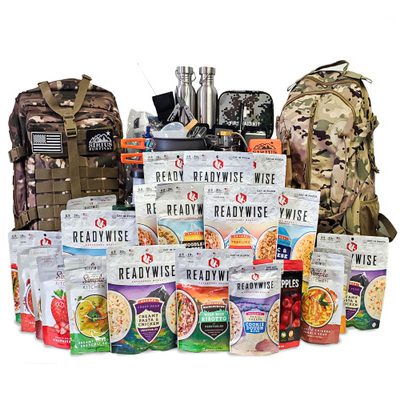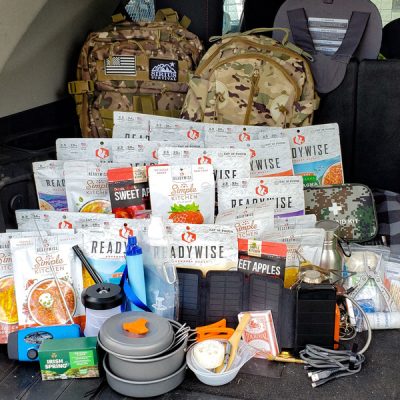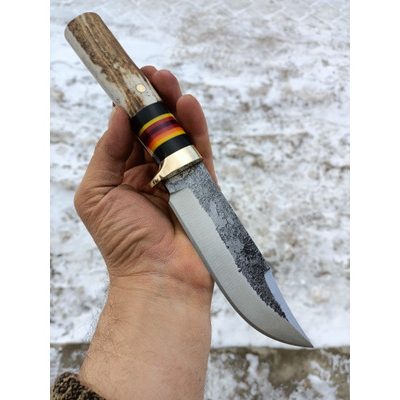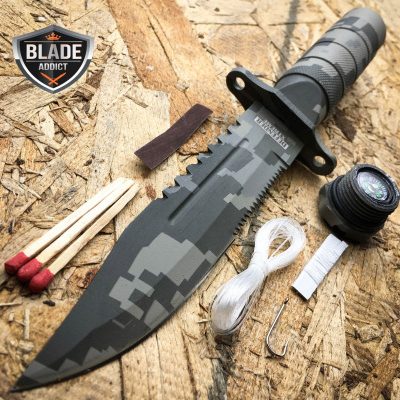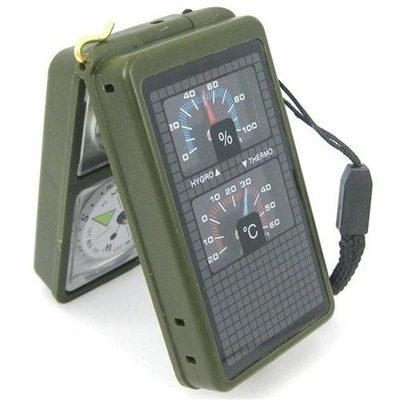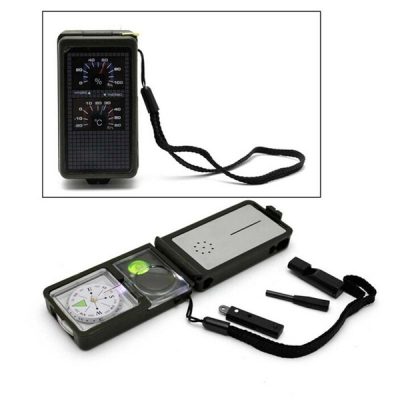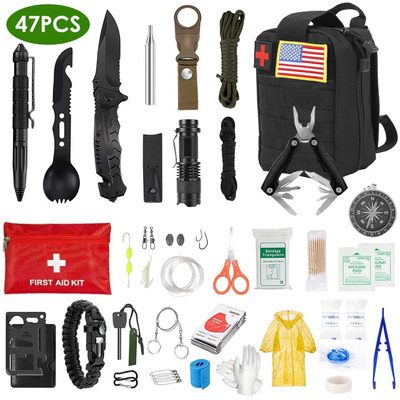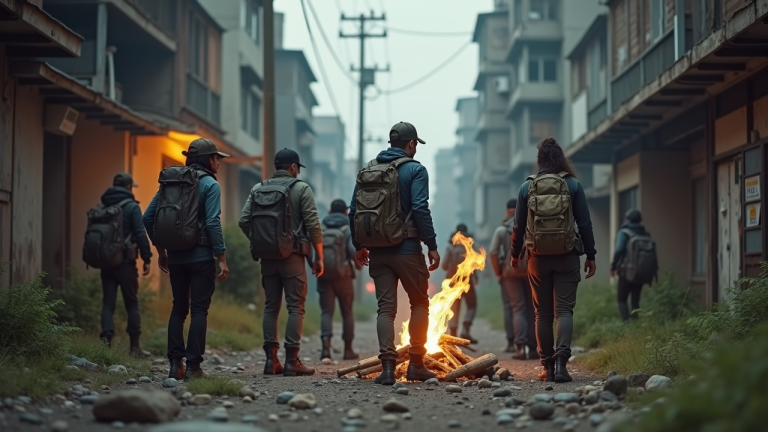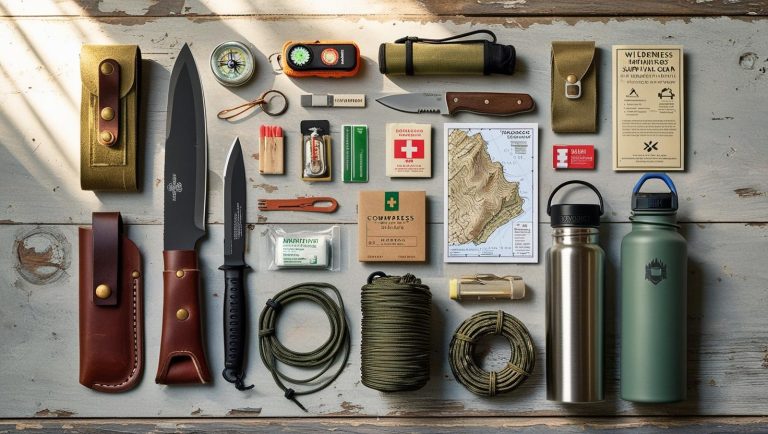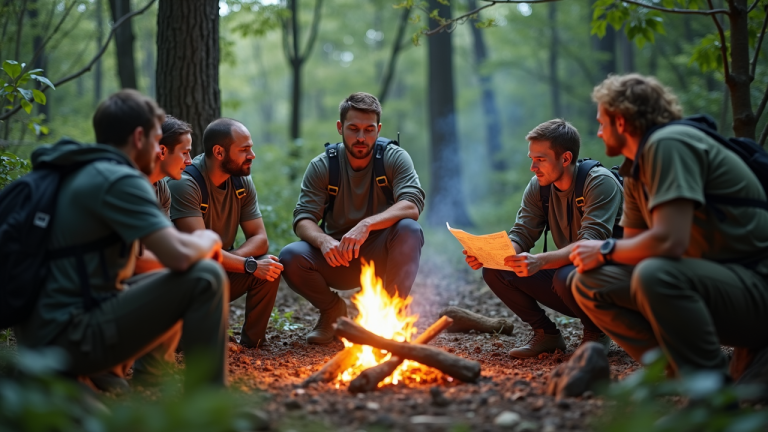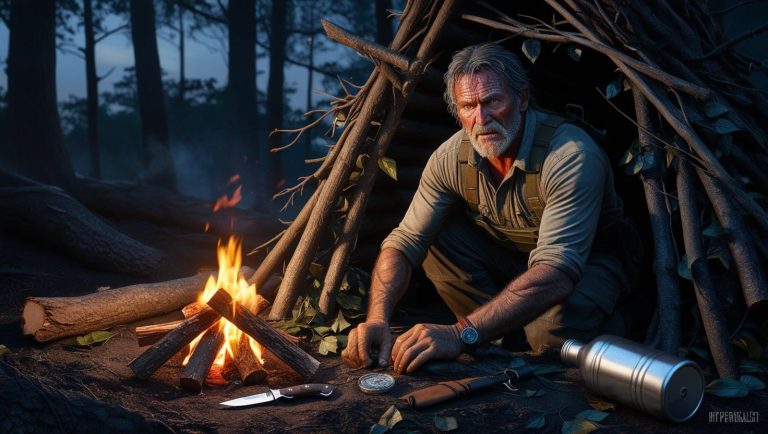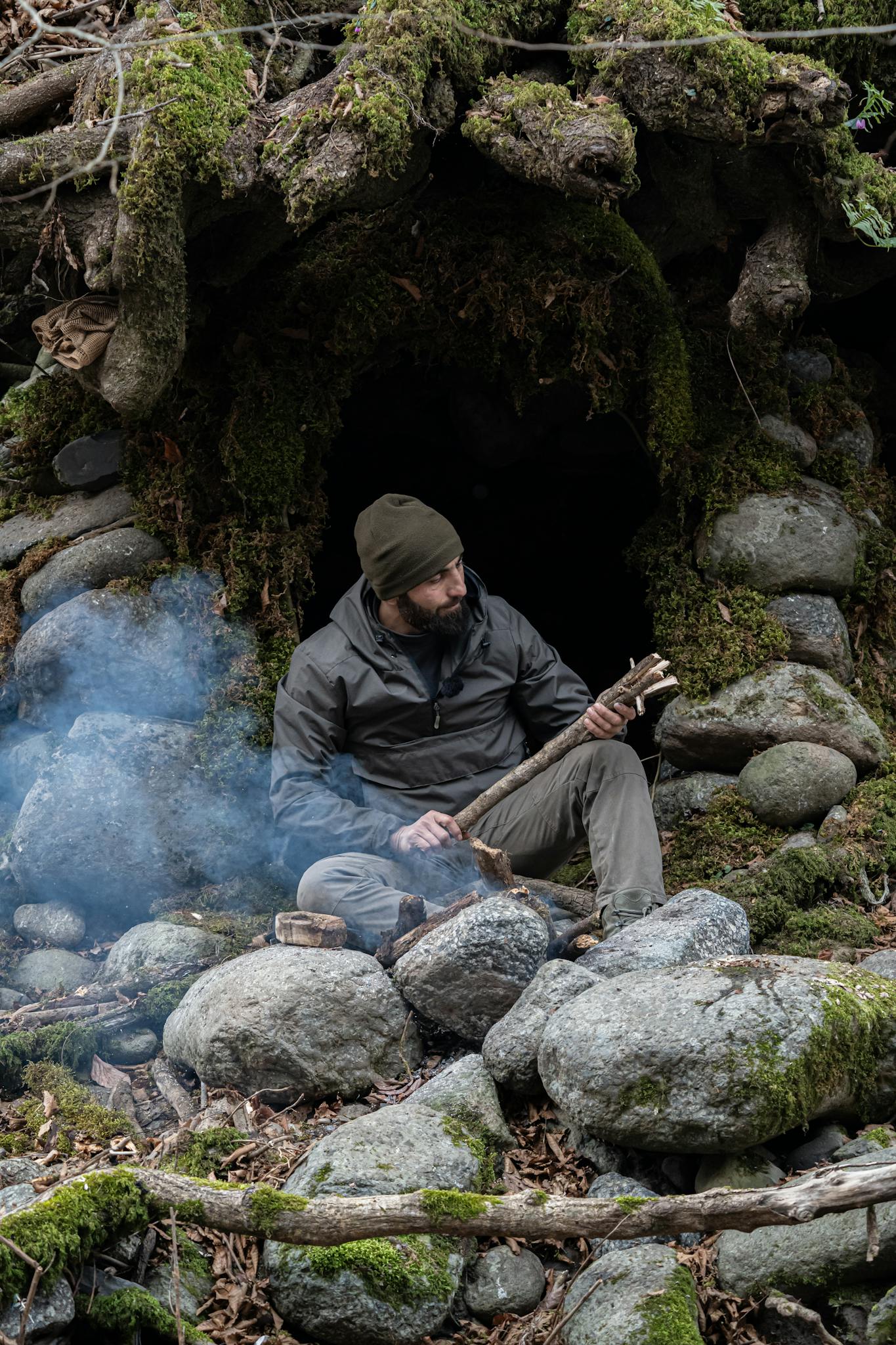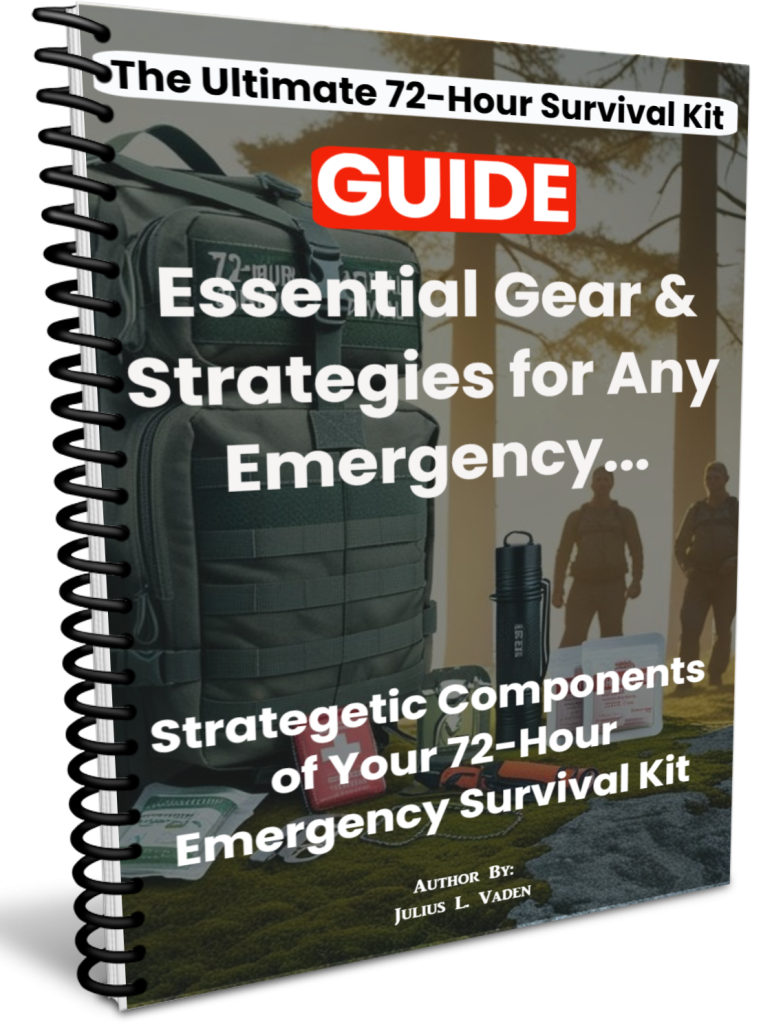Master the Wild: Must-Know and Rare Survival Skills Every Beginner Needs to Thrive Outdoors
Survival Skills for Beginners
In an age where technology permeates every aspect of our lives, the call of the wild remains potent. For those drawn to nature’s allure, bushcraft and survival training offer invaluable skills for outdoor adventures. This beginner’s guide will introduce you to the foundational elements of bushcraft and help you prepare for your journey into the wilderness.
Understanding Bushcraft Basics
Bushcraft is more than just survival; it is about thriving in the natural environment through the acquisition of ancient skills and knowledge. It involves understanding how to work with nature to meet basic needs like shelter, warmth, and food.
1. Shelter Building
One of the first priorities in bushcraft is learning how to build a shelter. A good shelter protects you from the elements and can be crucial in a survival situation. Beginners should start by learning how to construct simple shelters like a lean-to or a debris hut. These require minimal tools and materials such as branches, leaves, and vines, and are effective at retaining heat and warding off precipitation.
2. Fire Craft
Mastering fire craft is essential for warmth, cooking, and even morale. Start by understanding different methods of fire starting, from traditional flint-and-steel techniques to modern ferro rods. Practice building fires using natural tinder found in the environment, such as dry leaves, pine needles, or birch bark. Remember, the key to a successful fire lies in preparation and understanding how to structure your kindling and wood.
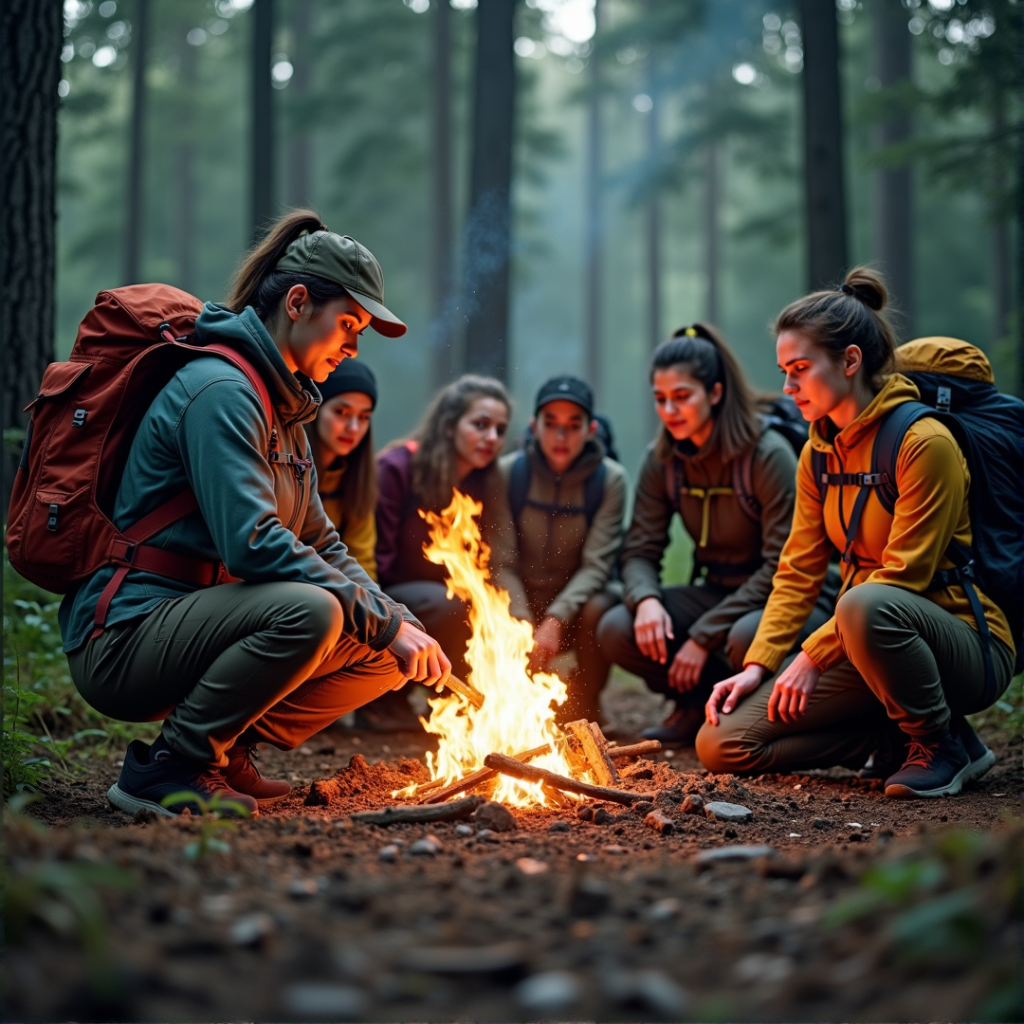
3. Foraging for Food
Foraging is an exciting part of bushcraft that involves identifying and collecting wild edibles. Beginners should start with easily recognizable species that have no poisonous lookalikes, such as dandelions or blackberries. Always consult with a field guide or take a course with an expert to ensure safety. Learning which plants are edible not only provides nourishment but also deepens your connection with the landscape.
4. Water Procurement
Finding and purifying water is crucial for survival. Learn to identify fresh water sources such as streams or springs. Techniques for water purification include boiling or using filters or purification tablets. Remember, staying hydrated is vital in outdoor settings, especially in survival scenarios.
5. Knot Tying
Knots are a cornerstone of bushcraft skills. They are used in setting up shelters, fishing, and securing gear. Familiarize yourself with basic knots like the bowline, square knot, and clove hitch. These knots are versatile and provide strong holds in various applications.
6. Tool Use and Maintenance
Bushcraft often involves tools like knives, axes, and saws. Knowing how to safely use these tools is essential for tasks like cutting wood for your fire or crafting utensils from wood. Equally important is maintaining these tools; keeping blades sharp and handles secure ensures they are ready when you need them most.
7. Navigational Skills

In the wilderness, GPS devices may fail. Basic navigational skills using a map and compass are indispensable tools in your bushcraft arsenal. Practice reading topographic maps and using a compass to traverse through unfamiliar territories confidently.
Preparing for Your Bushcraft Adventure
Before venturing out:
– Take time to learn these skills at home or through workshops.
– Ensure you have the necessary gear tailored to your environment.
– Always inform someone about your plans and expected return.
– Start with short trips to build your confidence and competence.
Bushcraft is not just about surviving; it’s about engaging deeply with the natural world using age-old skills that have sustained humans for millennia. As you embark on your bushcraft journey, remember that each skill learned not only enhances your survival capabilities but also enriches your outdoor experiences. With practice and respect for nature, bushcraft can transform how you view yourself and the world around you.
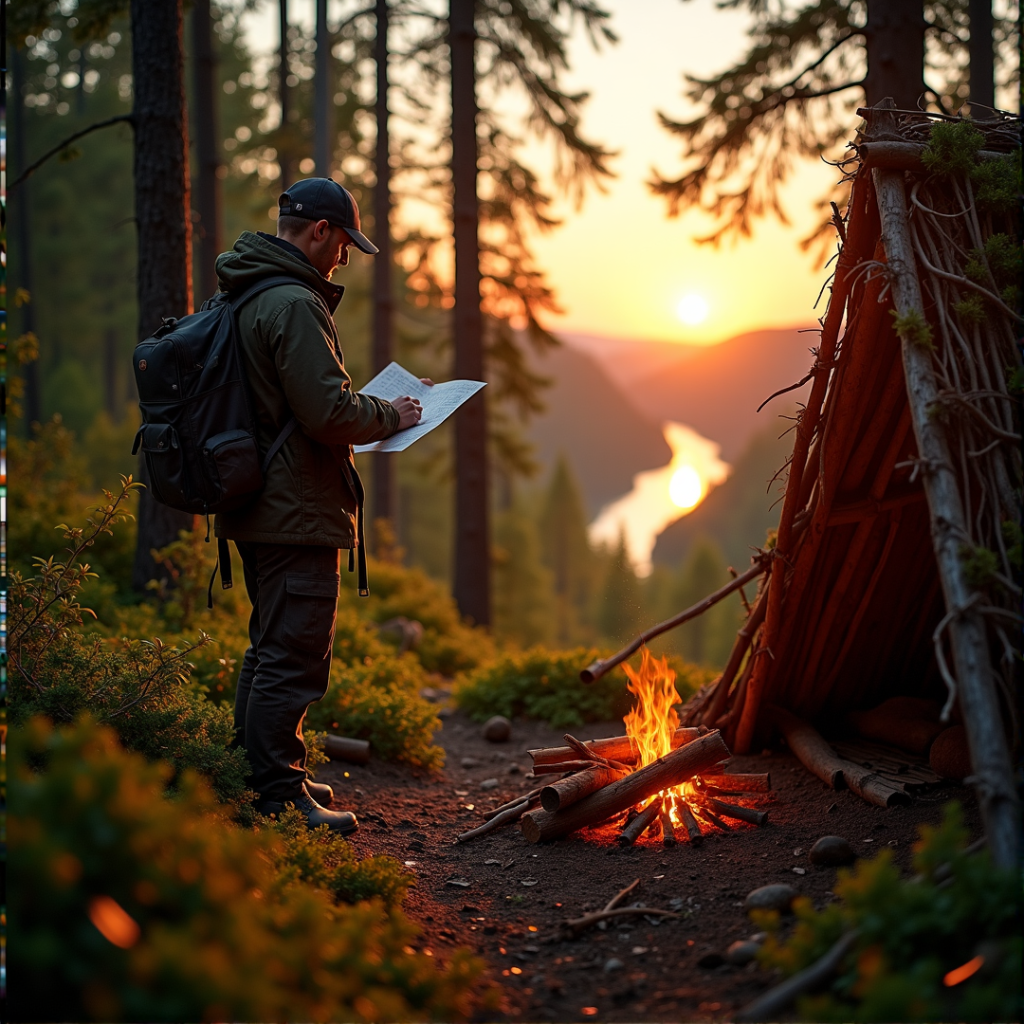
Have a question? contact us!

